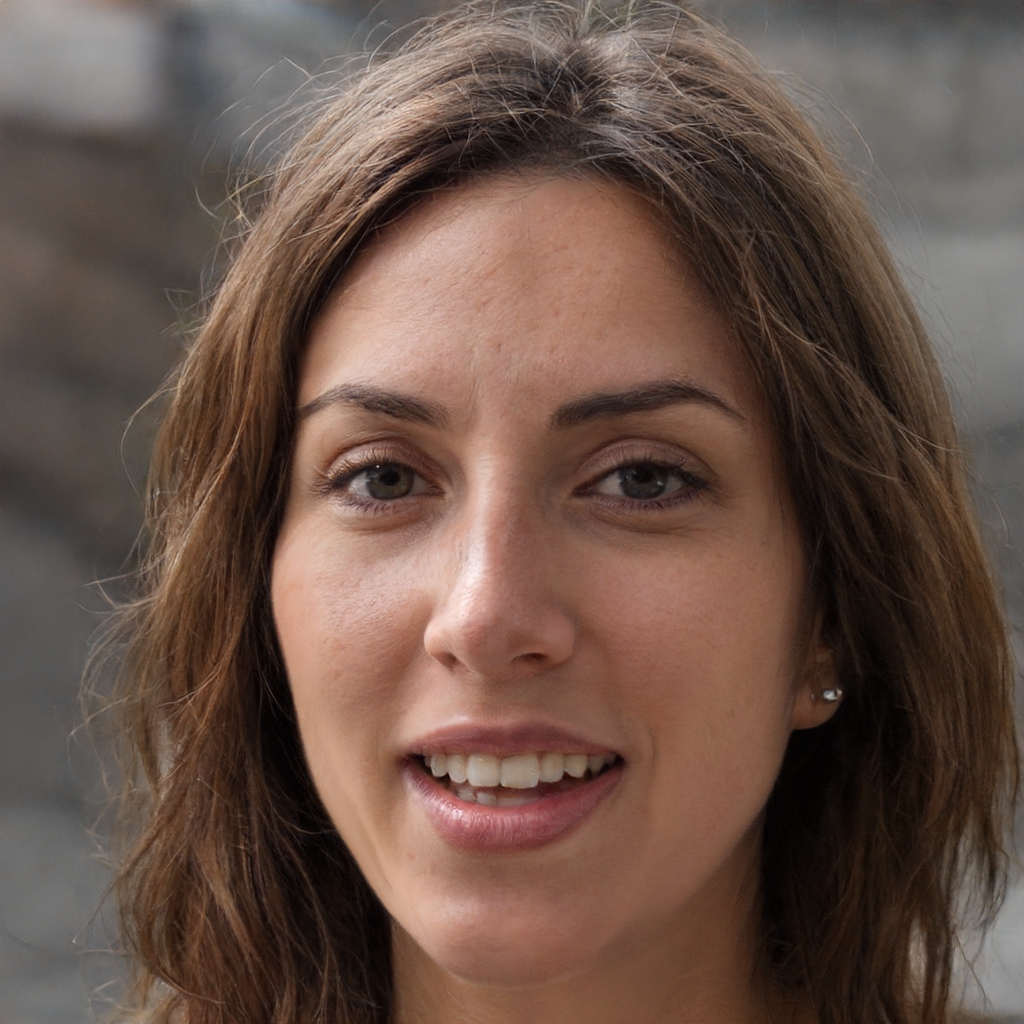O Way of St. James is the most popular and oldest pilgrimage route. As such, there are many facts of the Camino de Santiago, or anecdotes related to this trail. The Primitive Way is the route that begins in Oviedo, crosses Asturias and the Galicia region to Santiago de Compostela.
The remains of St. James the Apostle were discovered in the 9th century. King Alfonso II was in Oviedo and decided to walk to Santiago de Compostela to visit the tomb of the Apostle. And his pilgrimage marked the origin of the whole tradition of the Camino de Santiago.
Curiosities about the Way of Saint James
Santiago de Compostela is the final destination of all the different routes of the Camino de Santiago . The name "Santiago" obviously refers to the Apostle (Santiago is James in Spanish).
And the word "Compostela" comes from the Latin expression "Campus Stellae". Campus means "field" and Stealle means "star". The field of the star. But why? According to Christian tradition, the Apostle's remains were discovered because there was a star in that field, illuminating its location.
1. A famous logo
The logo of the Camino is a scallop shell. This symbol can be seen in numerous places along the pilgrimage to Santiago. For example, the route is indicated by images of yellow shells and arrows.
2. More than one route
The Way of St. James consists of more than one route - it is a network of trails spread all over Europe. After all, people originally made the pilgrimage from their own place of residence. The Camino Frances , which begins in the French Pyrenees, is the most popular route today, but there are Camino routes that start in Spain, Italy, Ireland and Holland, among others.
3. Official Pilgrim's Certificate
About 2.5 million people visit Santiago de Compostela every year, but that doesn't mean they have all completed the Camino. On average, more than 250,000 pilgrims receive a Compostela, the official certificate of the Camino pilgrimage. To obtain this certificate, the pilgrim must have covered at least the last hundred kilometers of the Camino route. In addition, you must collect a stamp in the pilgrim's official passport every day.
4. Official Pilgrim's Certificate
About 2.5 million people visit Santiago de Compostela every year, but that doesn't mean they have all completed the Camino. On average, more than 250,000 pilgrims receive a Compostela, the official certificate of the Camino pilgrimage. To obtain this certificate, the pilgrim must have covered at least the last hundred kilometers of the Camino route. In addition, you must collect a stamp in the pilgrim's official passport every day.
5. Inspiration for a popular board game
The popular board game Game of Goose is, according to many, inspired by the Camino de Santiago. The game, in which the board represents a life path and a die represents destiny, is many centuries old. In the 16th century, the Tuscan Grand Duke Francesco de Medici sent a version of the game to Philip II of Spain - the goose is still very popular in Spain. There is much speculation about the similarities between the board game and the pilgrimage route to Santiago.
First, the goose, the main character of the game, is a common animal along the Camino route. The animal's footprint closely resembles a scallop shell, the symbol of the pilgrimage to Santiago. Many place names along the pilgrimage route also have the Spanish word for goose, oca, in their name. The layout of the game board also resembles the route to Santiago and back in many ways, although the exact theories differ.
6. The Botafumeiro
Santiago de Compostela is the famous end of the Camino. Those who think of Santiago see right in front of them the imposing cathedral, where the remains of the apostle James are said to be. Fewer people know that the cathedral has a special attraction: the Botafumeiro.
This huge silver incense vase weighs more than 50 kilograms and is 1.50 meters high - making it one of the largest incense vases in the world. This unique object is only used for special celebrations, so not all pilgrims get a chance to see it.

My name is Maria. I am passionate about theology and I have been writing about the religious world for 5 years. I am curious and research everything about the religions around the world. I love researching the curiosities that guide the most varied doctrines in different countries and languages. Today, I am an editor and love to share my knowledge on the portal Prayer and Faith.